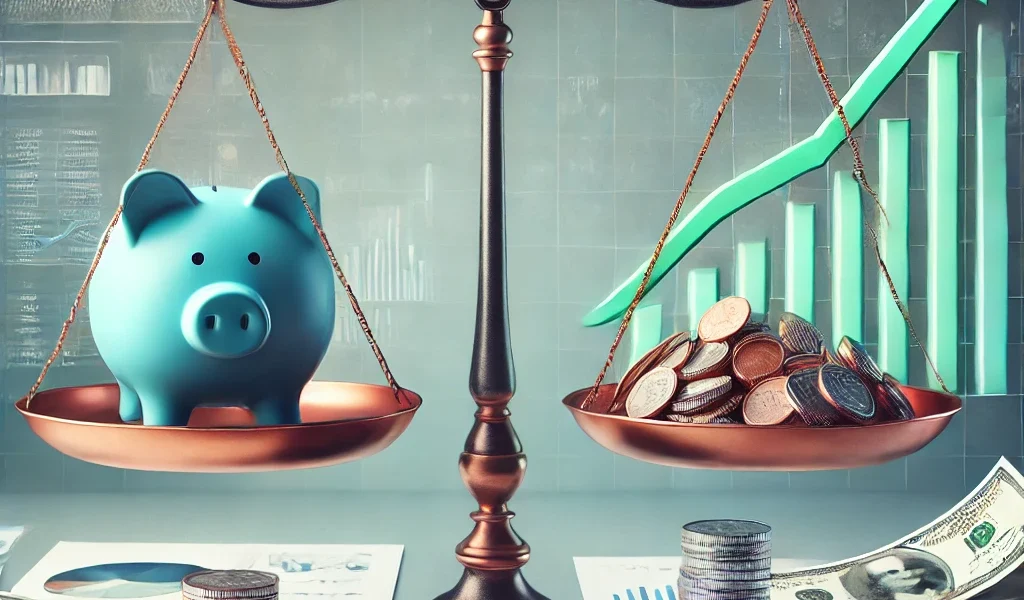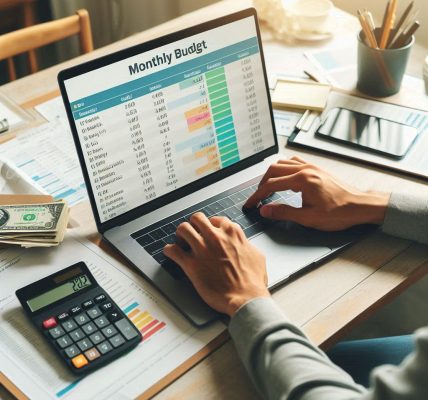In today’s unpredictable financial environment, having a robust emergency fund is not just a safety net – it’s a necessity. Simultaneously, achieving long-term investment goals is essential for securing a stable financial future. Many individuals face a common dilemma: How do you build an emergency fund without sacrificing your investment aspirations? In this comprehensive guide, we will explore practical and actionable strategies to strike the perfect balance between saving for emergencies and staying on track with your investments.
Why Is an Emergency Fund Essential?
An emergency fund is a dedicated pool of money set aside to cover unexpected financial setbacks, such as medical emergencies, job loss, or urgent home repairs. Without an emergency fund, you might be forced to dip into your long-term investments, disrupting your financial trajectory and incurring potential penalties or losses.
Key Benefits of an Emergency Fund:
- Financial Security: Provides a financial cushion during uncertain times.
- Preserves Investments: Prevents the need to liquidate investments prematurely.
- Peace of Mind: Reduces stress by preparing for unforeseen expenses.
Determining the Right Size of Your Emergency Fund
Financial experts generally recommend saving three to six months’ worth of living expenses. However, the exact amount depends on your unique circumstances, including job stability, family size, and existing financial obligations.
Factors to Consider:
- Employment Security: Those with unpredictable income may need a larger fund.
- Fixed Expenses: Calculate essential monthly costs like rent, groceries, and utilities.
- Family Needs: Larger households may require a more substantial reserve.
Balancing Emergency Savings with Investment Goals
It may seem challenging to prioritize emergency savings without slowing down your investment progress. Here are effective strategies to maintain balance:
- Set Clear Financial Priorities
- Identify and rank your short-term and long-term goals. Ensure that building an emergency fund takes precedence over aggressive investing.
- Allocate Funds Strategically
- Divide your income using the “50/30/20 Rule”:
- 50% for necessities (including minimum emergency savings contributions)
- 30% for discretionary expenses
- 20% for savings and investments
- Divide your income using the “50/30/20 Rule”:
- Automate Savings
- Set up automatic transfers to a high-yield savings account dedicated to your emergency fund. This removes the temptation to spend and ensures consistent contributions.
- Start Small, Build Gradually
- Begin with a modest savings target. Once you accumulate a baseline emergency fund, redirect more resources toward your investment goals.
- Use Windfalls Wisely
- Allocate bonuses, tax refunds, or unexpected windfalls toward your emergency fund to accelerate its growth without impacting regular investments.
- Leverage Employer Benefits
- Explore employer-sponsored savings programs and retirement matching to maximize savings while maintaining emergency reserves.
Where to Keep Your Emergency Fund
Safety and liquidity are paramount when choosing where to store your emergency fund. Consider these options:
- High-Yield Savings Accounts: Offers easy access and better interest rates than traditional savings.
- Money Market Accounts: Provides slightly higher returns with similar liquidity.
- Certificates of Deposit (CDs): Ideal for a portion of your fund if you want higher returns and can commit to a fixed term.
Avoid tying up emergency funds in volatile assets or long-term investments to ensure quick and penalty-free access during emergencies.
Optimizing Investments While Building an Emergency Fund
- Maintain a Diversified Portfolio
- Continue investing in a mix of asset classes to balance risk and returns.
- Utilize Dollar-Cost Averaging
- Invest a fixed amount regularly, even while building your emergency fund, to mitigate market volatility.
- Prioritize Tax-Advantaged Accounts
- Maximize contributions to retirement accounts like 401(k) or IRAs while ensuring liquidity for emergencies.
- Reinvest Dividends
- Use dividends from existing investments to boost your emergency fund without reducing principal contributions.
When to Tap into Your Emergency Fund
Reserve your emergency fund for genuine, unavoidable expenses such as:
- Medical emergencies
- Job loss
- Major home or car repairs
Avoid using these funds for discretionary spending or non-urgent wants.
Review and Adjust Regularly
Financial circumstances change over time, making it crucial to periodically review your emergency fund and investment strategies:
- Annual Check-ins: Assess your savings annually to ensure it aligns with your lifestyle and expenses.
- Adjust Contributions: Increase contributions during times of higher income or reduced expenses.
Conclusion
Building an emergency fund while pursuing investment goals is a delicate but achievable balance. By establishing clear priorities, automating savings, and leveraging smart financial strategies, you can protect yourself from unexpected expenses without compromising long-term wealth creation. Consistency and discipline are key – and with a thoughtful approach, you can achieve both financial security and growth.
Would you like personalized tips on optimizing your emergency savings and investments? Share your goals, and we’ll help you create a customized strategy for lasting financial success.




